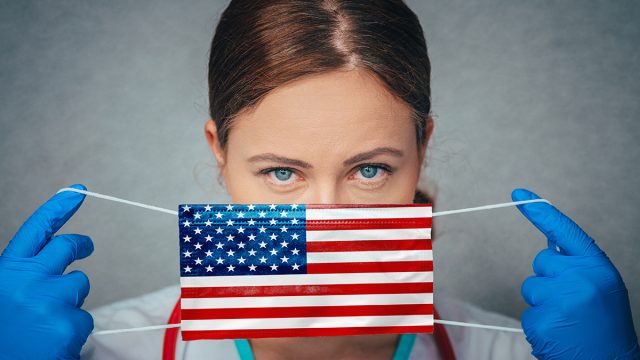
The nationwide COVID-19 surge has begun to crest and even decline in some states, experts say. But in others, the number of cases—and, most concerningly, COVID-related hospitalizations—continues to rise. Where does your state stand? According to CDC data, these are the states with the biggest increase in hospitalizations for the week ending in Sept. 16 (the most recent figures available), compared with two weeks earlier.

Increase in hospitalizations: 21%
Hospitalizations per 100,000 residents: 0.8
“The simple answer to the question being posed by ‘experts’ is: no. We will not return to widespread masking or COVID rules,” Gov. Tate Reeves said in an Aug. 28 press release responding to the state’s 145% increase in COVID hospitalizations in August. “If you want to take extraordinary measures to protect yourself from getting sick, God bless you. That is your right and you should do what you think is best. Maybe you’re the smartest of all of us. But we are never going back to 2020.”

Increase in hospitalizations: 22%
Hospitalizations per 100,000 residents: 0.5
On Tuesday, Sen. Tina Smith announced she had tested positive for COVID-19. “I tested positive for COVID this morning after developing mild symptoms Sunday night,” Smith said in a post on X, formerly known as Twitter. “I’ll stay here in Minnesota while following CDC guidelines.”
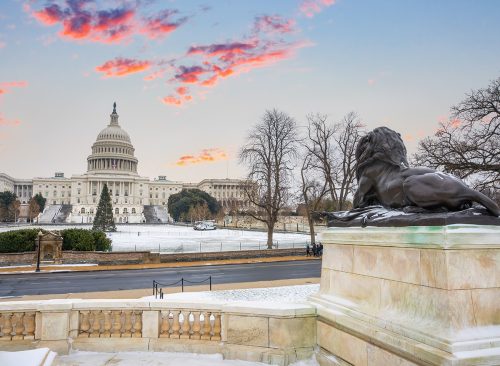
Increase in hospitalizations: 23%
Hospitalizations per 100,000 residents: 0.7
“It seems that almost everyone knows someone who has COVID in Western Washington these days, or has heard of someone who has had it recently,” KUOW Radio reported on Sept. 22. “Concerns remain that an increase in cases from all, or one, of these respiratory viruses will lead to challenges in our communities and our health care system,” said Dr. Umair Shah, the state’s health secretary. “We want people to take the precautions now because that’s going to help our health care system.”
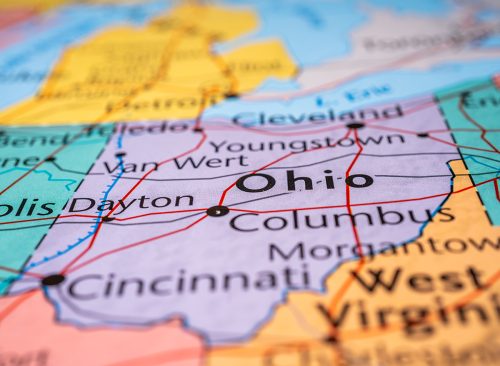
Increase in hospitalizations: 24%
Hospitalizations per 100,000 residents: 1.2
On Sept. 26, Mahoning Matters reported that COVID hospitalization levels had risen from low to medium in some counties in the region. State officials urged residents to get the updated COVID vaccine.

Increase in hospitalizations: 24%
Hospitalizations per 100,000 residents: 1.0
“There is hope that (COVID-19) declines to have an impact akin to flu, but that’s still a big impact,” Beth Carlton, an associate professor at the Colorado School of Public Health, told the Denver Post on Sept. 5.

Increase in hospitalizations: 31%
Hospitalizations per 100,000 residents: 0.7
On Sept. 27, Click on Detroit reported that dozens of libraries in the state would distribute free COVID test kits to people who request them. Households can receive up to five tests at their local library.

Increase in hospitalizations: 34%
Hospitalizations per 100,000 residents: 0.6
“Like many diseases, some people get it and don’t get very sick, and then they think, ‘Oh, it’s not such a big deal,'” Dr. David Cope told KSL-TV. “But you don’t have to look around too far to find somebody who got it and ended up in the hospital really sick from it.” He urged residents to get vaccinated to protect themselves and others.

Increase in hospitalizations: 36%
Hospitalizations per 100,000 residents: 1.3
Providers at Oregon Health & Science University are treating 18 people with COVID, including four people in intensive care and three on a ventilator, the Oregon Capital Chronicle reported on Sept. 27. “Straining of hospital capacity will be an issue nationwide, and perhaps more so in Oregon, where we are additionally challenged by the fact that we have relatively few hospital beds per capita,” said Dr. Paul Cieslak of the Oregon Health Authority. He advised residents to get the new COVID vaccine.

Increase in hospitalizations: 38%
Hospitalizations per 100,000 residents: 0.8
Shortages of the updated COVID vaccine have been reported across the state this week. “I don’t want people to feel pressured by the fact they can’t get it this week or last week, because they will be able to get it very soon into the near future,” Vermont’s health commissioner Dr. Mark Levine told Vermont Public Radio. “And they’re in a very different place regarding their immunity to COVID than we were several years ago. But it is frustrating for people — I do understand.”

Increase in hospitalizations: 39%
Hospitalizations per 100,000 residents: 1.5
“Unfortunately, COVID-19 remains a concern, especially for those who are most vulnerable to its threat,” said Dr. Alexia Harrist, state health officer and state epidemiologist with the Wyoming Department of Health. “We have seen some indications of increased activity lately, but, thankfully, we are not facing the same situation as in earlier pandemic stages and that is largely due to vaccines and the protection they can offer from serious illness, hospitalization and death.”
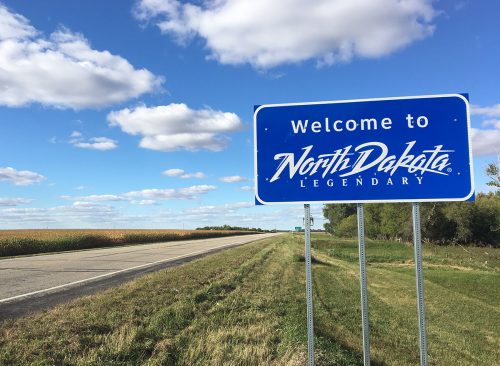
Increase in hospitalizations: 45%
Hospitalizations per 100,000 residents: 0.5
“The name of the game is to stay healthy,” said CHI St. Alexius Bismarck Chief Medical Officer J’Patrick Fahn. “That’s why it’s important to get vaccinated. It’s important to wash your hands. It’s important to not go out if you’re not feeling well.”
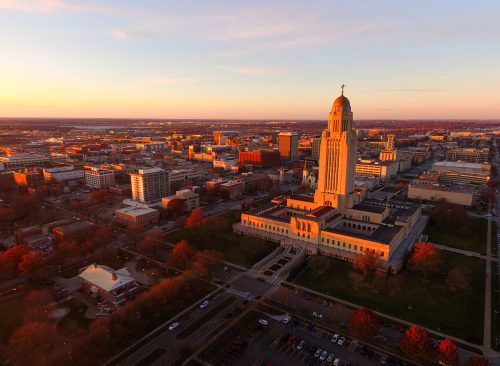
Increase in hospitalizations: 70%
Hospitalizations per 100,000 residents: 0.7
“Nebraskans are hearing more anecdotal reports of friends, neighbors and family members testing positive for the virus,” the Omaha World-Herald reported earlier this month. “Patients hospitalized at Nebraska Medical Center with COVID-19 now figure in the double digits after being in the single digits — and on some days, zero — earlier this summer.”














